6 Types of Clementines: An Overview (With Pictures)
-
Ed Malaker
- Last updated:
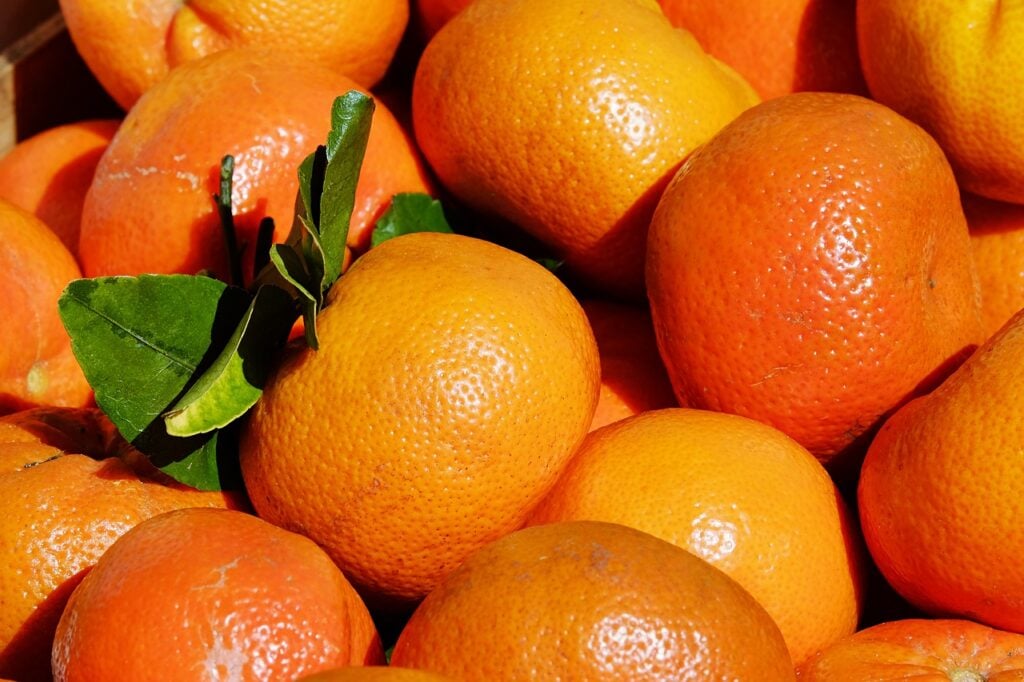
Clementines taste great and make healthy snacks. They look like mandarin oranges but are a bit different. If you are interested in giving clementines a try, keep reading as we list the different varieties, tell you about each one, and show you what they look like so you can pick out your favorites.
The 6 Types of Clementines
1. The Clementine
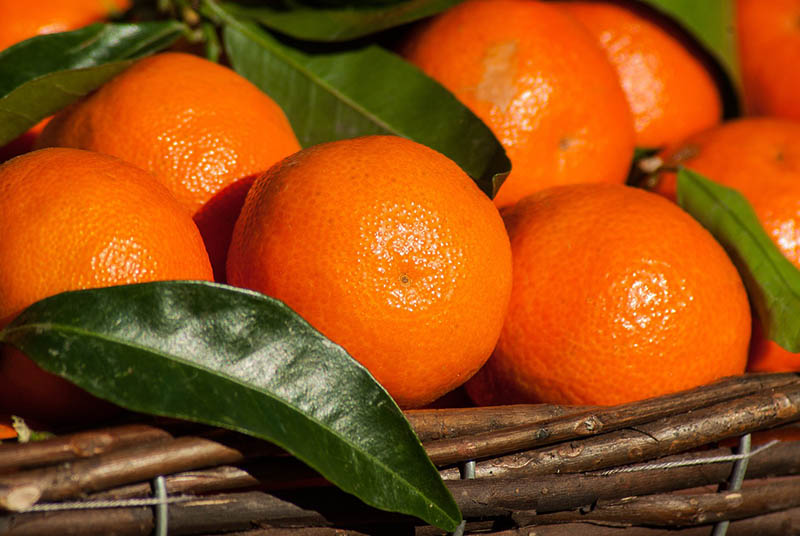
| Characteristics: | Small fruit |
The original clementine has the scientific name Algerian Tangerine, and it first came to America in 1909. The fruit is small, only about 2 inches in diameter, with a round or elliptical shape. Each fruit will have about 12 fleshy segments and only three to six seeds.
2. Clementine de Nules

| Characteristics: | Thin rind, slightly large fruit |
The Clementine de Nules tree produces mandarin-type fruits that are slightly larger than what you will find on a traditional clementine tree. The rind is thin, and the fruits will have deep orange flesh. The tree has no thorns early in the growing season, and it grows well in zones 8–11 when you plant it in the ground, but can go down to zone 4 if you grow it in a pot. You will often see this variety in stores throughout the winter, from November to May.
3. Clementine Caffin

| Characteristics: | No seeds |
The clementine caffin produces medium-sized mandarin-type clementines. The rind of this variety is bright orange, and its large size helps make it easier to distinguish it from other varieties. These clementines have no seeds and are a pleasure to eat. The trees are usually about 8 feet tall and grow best in zones 8–10.
4. Monreal Clementines

| Characteristics: | Many seeds |
Monreal clementines are similar to traditional clementines, so it can be difficult to tell them apart. That said, this variety often contains more than 10 seeds. It grows well in North Africa, and you can find clones worldwide.
5. Sidi Aissa Clementine
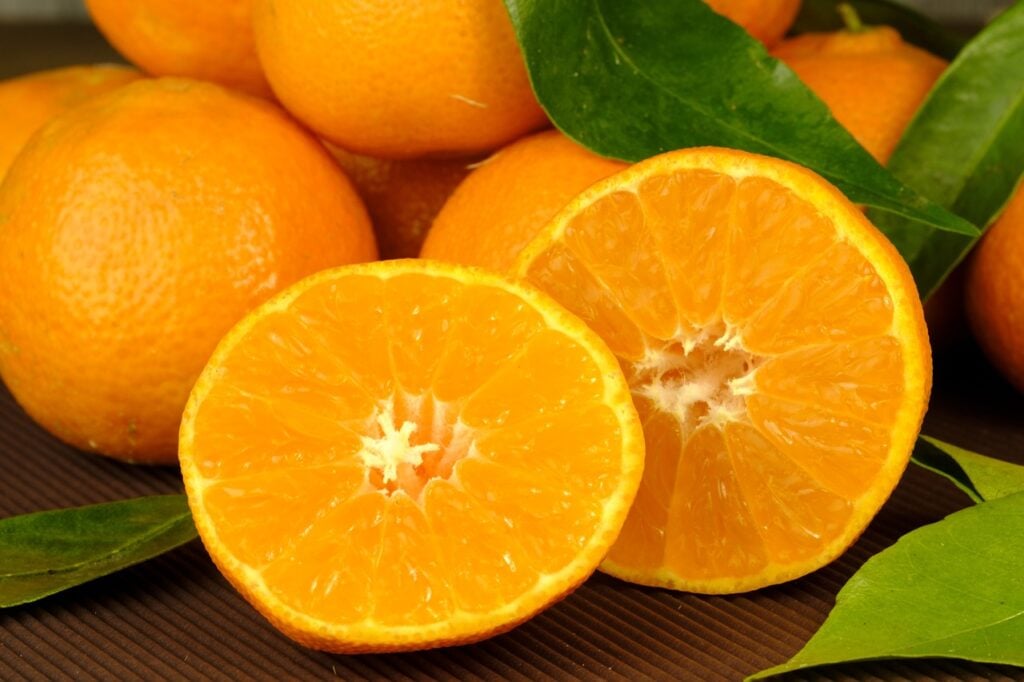
| Characteristics: | Thick skin |
The Sidi Aissa clementine is an Australian clementine with a thicker skin than most other varieties, but the fruit inside is still sweet and juicy. There is a small plantation of this variety in California, but it’s not as popular as many other varieties.
6. Hybrid Varieties
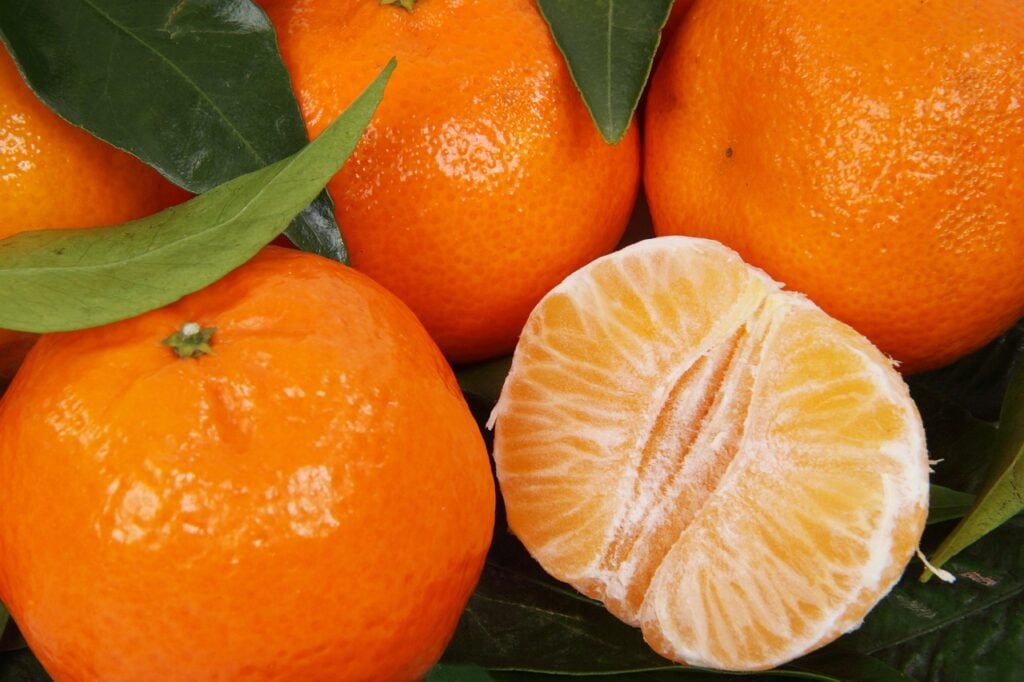
Scientists have created many hybrid varieties of clementine by mixing it with similar citrus fruits.
Robinson
The Robinson is a hybrid variety that combines the clementine with the Orlando tangelo. The U.S. Department of Agriculture’s Horticultural Field Station in Orlando, Florida, created it, and the result looks like a tangerine but has many more seeds. It didn’t catch on too well because the fruit is slow to ripen, though a ripening agent can help it change color and soften the fruit faster.
Cuties and Sweetie Clementines
Cuties and sweetie clementines are hybrids with a bright orange color and thin rinds. They are easy to peel and fun to eat, but the fruits are more or less like mandarin oranges.
What Is the Best Way to Eat Clementines?
Clementines make great snacks, and many people feel that the best way to consume them is just to peel and eat. However, they make a great ingredient in many salads and taste great in fruit drinks and smoothies. The juice is also less acidic than orange juice, so there is less risk of a canker sore or other problems.
Where Can I Grow Clementines in the United States?
The best place to grow clementines in the United States is in the south, where the growing zones are between 8 and 11. However, you can grow clementines in pots and keep them indoors in colder climates, as most trees only get about 8 feet tall. There are also hybrid varieties that are more resistant to colder temperatures.
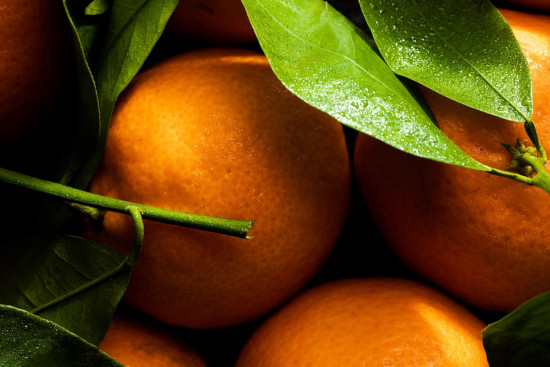
Why Should I Grow Clementines on My Property?
- Clementines start to produce fruit as early as 1 year after planting, though some might make you wait as long as 3 years.
- Clementines ripen sooner than oranges.
- Clementines are easy to peel.
- Clementine trees make great houseplants.
What Is the Difference Between Mandarins and Clementines?
A clementine is a hybrid of the mandarin and the sweet orange, so it’s no wonder that people struggle to tell the difference. However, there are a few clues that can help you determine what you are eating.
- Mandarins typically have more seeds than clementines, which have very few.
- Clementines are sweet, while mandarins can be tart.
- Mandarins have nine segments, while clementines have eight to 12 segments.
- Mandarins have a strong fragrance, while clementines do not.
Conclusion
There are five different kinds of clementines, along with many hybrids like Robinson and Cutie clementines. The fruit tastes sweeter than a mandarin, and many varieties don’t have any seeds, making them fun to eat. The regular clementine is the smallest variety, the Clementine de Nules is a little larger, and the clementine caffin is the largest.
Featured Image Credit: Couleur, Pixabay
Contents
